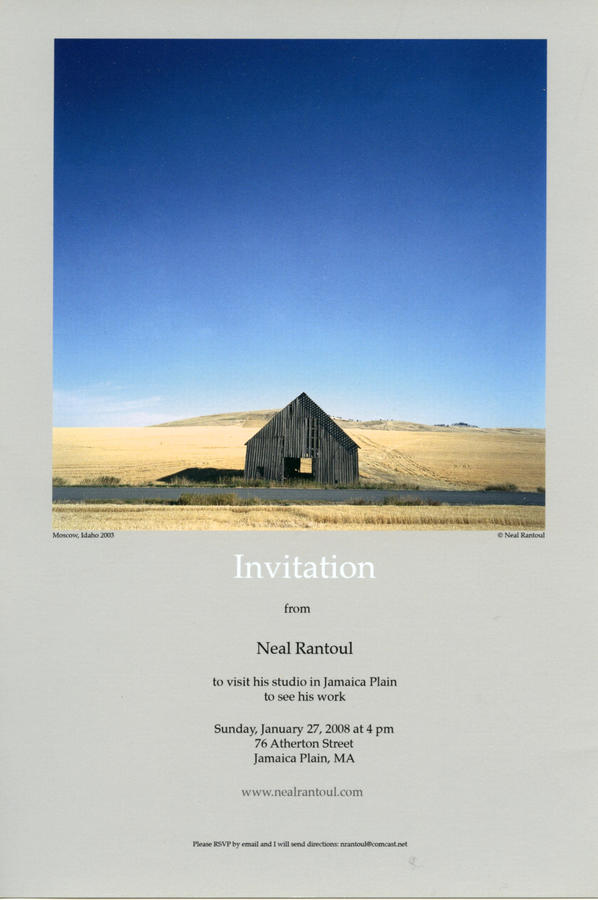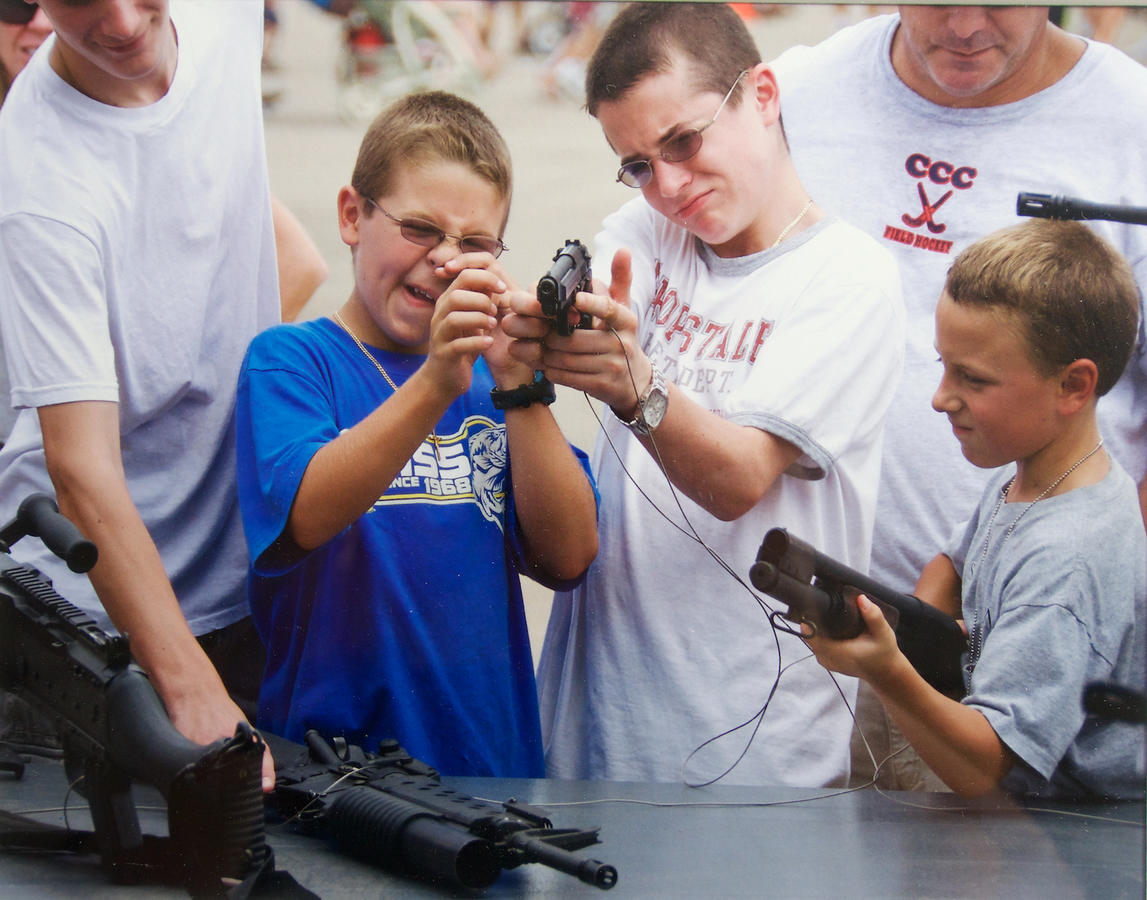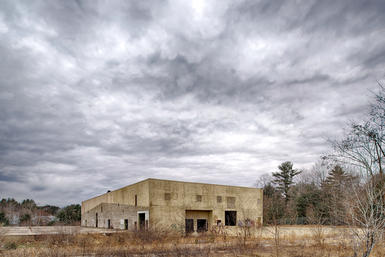Quality

For the purposes of this post I am referring to the quality of a photograph. Of course, even here there are many meanings. The technical quality of the image or of the print, the quality of the seeing or even the quality of the camera or lens used? And so many more.

Before I tackle this in present terms let me run you through some history. As a career photo teacher my most used criteria when looking at student work was: is it sharp? This didn't mean sharp edge to edge, just sharp where it was meant to be sharp. This was usually due to the student not focusing the enlarger properly in analog days. On a deeper lever the quality question would be about the student's intention. Did he/she have one? Often they didn't. Mostly it was a form of "because I liked it", which doesn't help much. Later on students would learn to push back, to engage with me about what their intentions were, but a student starting out had no experience to draw on. Since I was the teacher, the one who "knew", my yes or no was usually definitive. "Do it again" or "this print is out" in an edit usually was the kiss of death.
Teaching beginning students in the use of the 4 x 5 view camera was one of my ways to approach quality and I did it for years, both at Harvard and later at Northeastern. This difficult, bulky, slow, exhausting, recalcitrant tool taught "slow and steady", "meticulous", "disciplined", "procedural", "contemplative", "clean" and "planned" photographing whereas the 35 mm, or its digital equivalent, taught almost nothing, at least initially. If a student shot ten film holders (20 frames) in a day that was a big day whereas hundreds were child's play in the smaller format. Quality was the game and 4 x 5 was the way.
These days quality is a lot harder to determine. Hell, those that judge quality are a lot harder to figure out. For instance, I believe I am qualified as I've made the decision yes or no my whole career as a teacher. I was actually trained to critique, to teach and to evaluate. But many are deigned qualified to determine the excellence of an image because of the position they've appointed themselves to be in. Wow. Think about this: Bozo A has money, likes photography, but no training, buys a photo magazine. All of a sudden people are seeking Bozo A to tell them whether their pictures are good or not. This is potentially really hard on someone who knows a lot and is a wonderful artist. Happens all the time.

Call me old fashioned but I still look to a really superb print as an arbiter of good quality. I want to know that the work I am seeing is well done, that there is high craft at work, that its maker knows what they are doing. And I still look to the photographer being the printer as I am usually suspicious of someone else printing someone's work. Of course, someone else printing your work can be done well, perhaps even better than you can print it yourself, but this involves close interaction with the printer to carry through with your intentions. Not for me, at least not yet.
On another level, assuming the photographer has passed the first test, is to look and see if the artist had intention and if so what it was. If there was thought, instinct, intuition perhaps, that went into the picture then was it successful, meaningful, smart, funny, insightful, deep, beautiful and so on. Pass that test, then on to the next: was it provocative, lasting, mysterious, something that would draw me to it again and again over time, was it moving, possibly infuriating, enigmatic, sumptuous, gorgeous, and so on. You get the point.
Quality
Perhaps it is determined through the eyes of the beholder as in different standards by different people.
Searching through the Oxford dictionary I found these in the Thesaurus section:
1the quality of life: standard, grade, class, caliber, condition, character, nature, form, rank, value, level; sort, type, kind, variety.
2 work of such quality is rare: excellence, superiority, merit, worth, value, virtue, caliber, eminence, distinction, incomparability; talent, skill, virtuosity, craftsmanship.
3 her good qualities: feature, trait, attribute, characteristic, point, aspect, facet, side, property.









